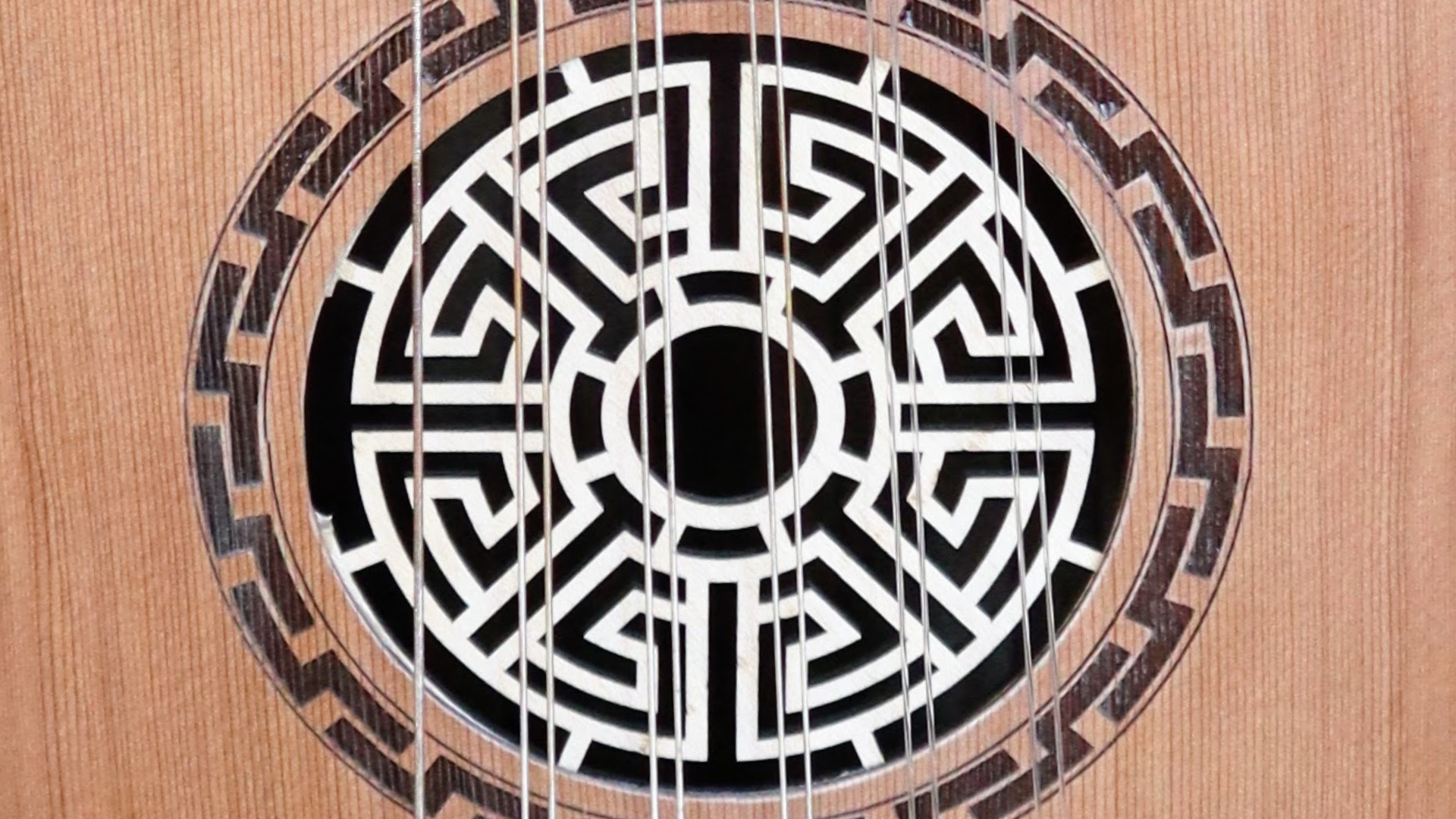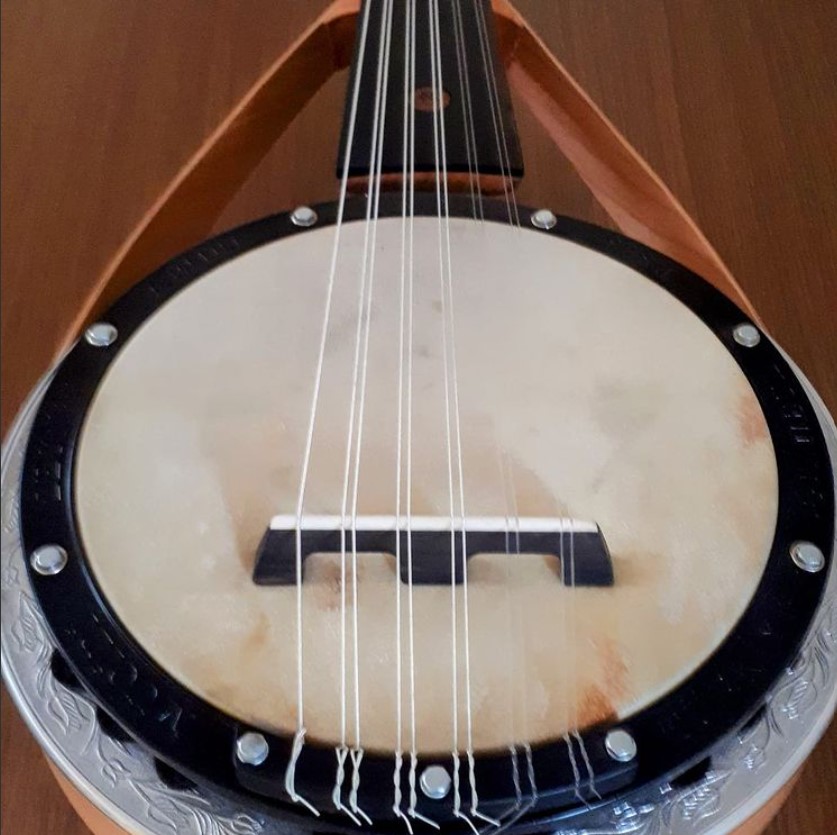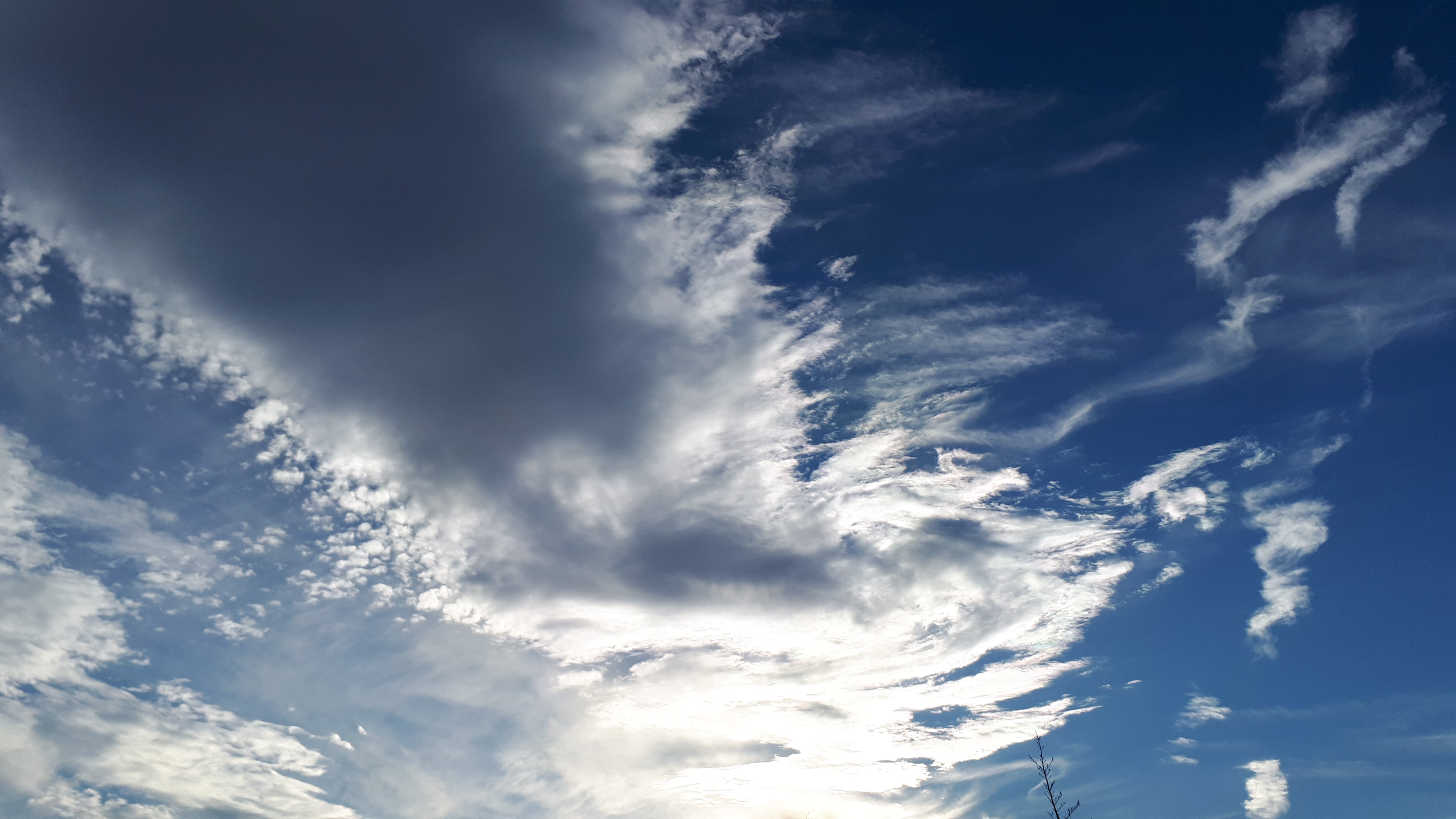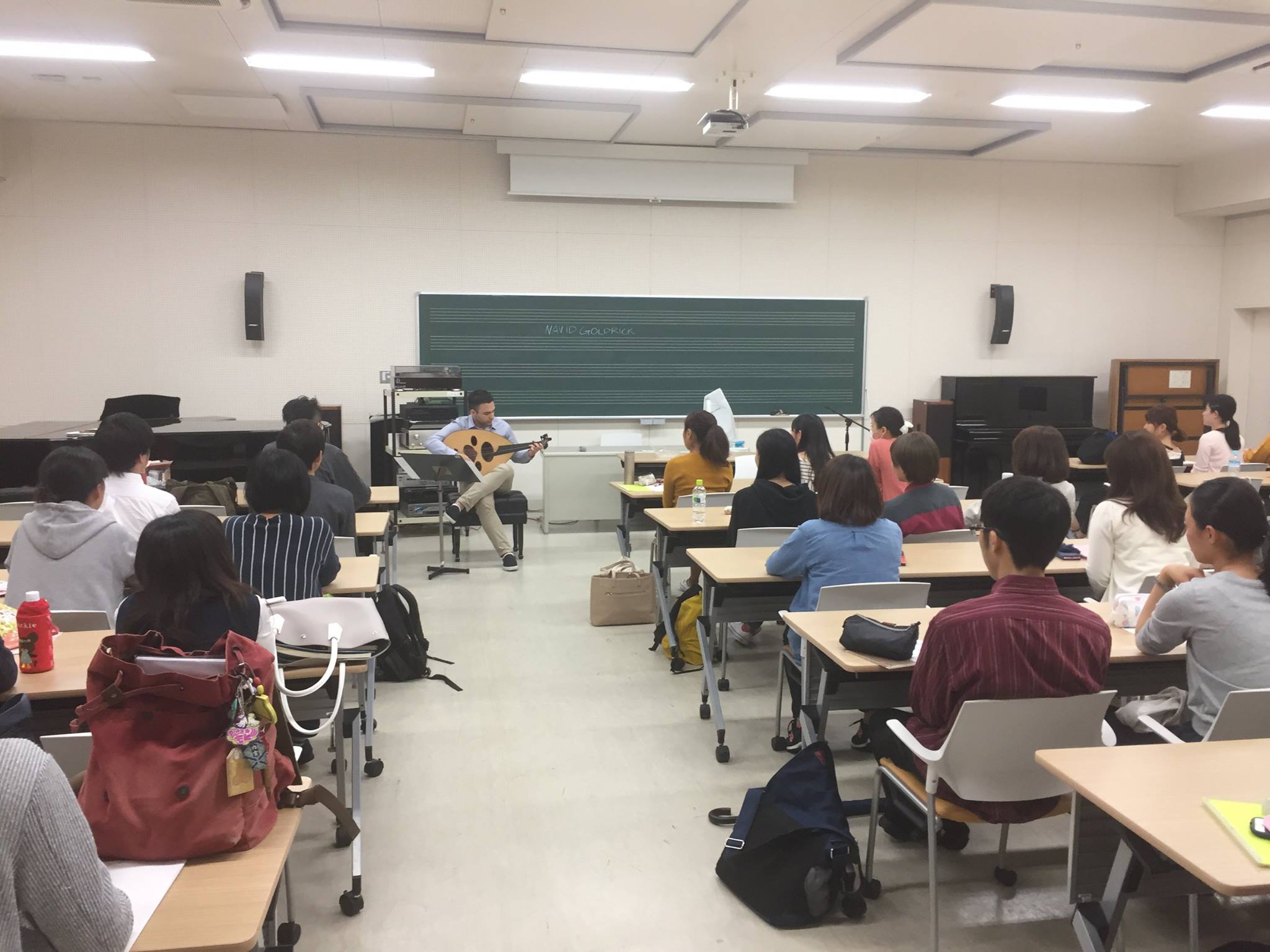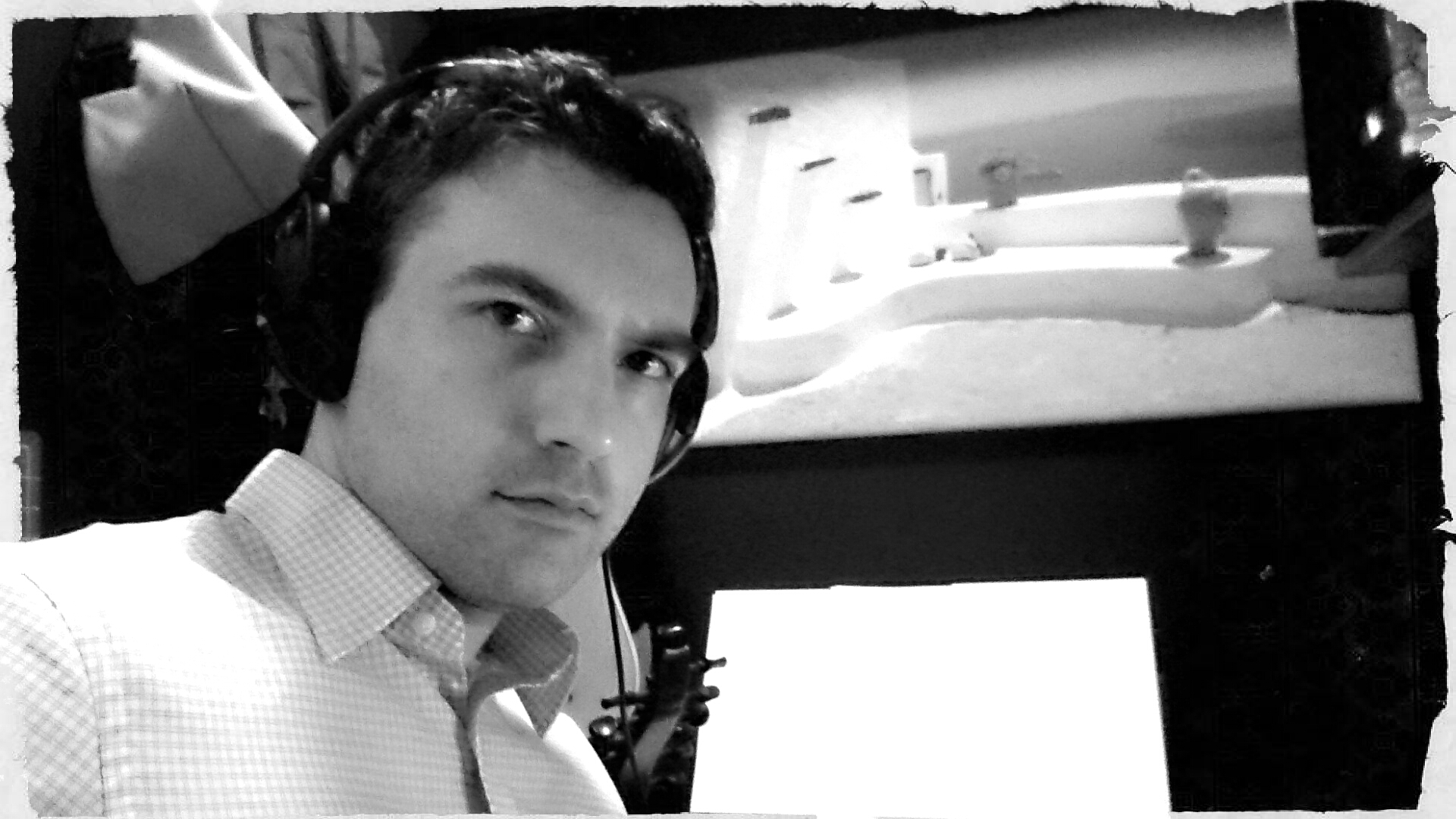This is a question I get regularly, and it’s one that me and everyone go through from time to time. I would recommend practicing creating simple phrases, and trying different ways of saying the same thing. Different stroke pattern, different number of notes, or stop on a different note, make a daily habit out of practising and taking some risks. Play something that doesn’t make sense. See what you can…
Read MoreBanjo-Oud? A unique instrument you need to see.
Back in 2015 I made a video demoing some of my instruments and one of them was my Turkish Cümbüş (pronounced: jumbush) with nylon strings. I hated the metal strings on my Cümbüş I bought when backpacking in Turkey, and so one day I haphazardly put on nylon strings to make it more like an Oud-Rubab-like instrument. Later, Sylvain from sbd-projets.com started modifying Cümbüş specifically for nylon strings and his signature style hoops that make it easier…
Read MoreWhere is the Oud going?
Recently I’ve been really wracking my brain around something. And I think I need your help with it. I’m really wondering… where the Oud is going… for me, for the world, for everyone… Where are we taking the Oud? I want to know what’s next. I wrote a post on MikeOud Forums about it… I wrote: “I’ve always been interested in encouraging the development of the Oud in education, in…
Read MoreTeaching Oud in Japan
Here I am with my Oud in Japan. I’ve visited Japan a few times since 2010, and this is the first time I dared to bring my Oud to Japan. I decided that on this trip I would contact some Japanese middle eastern musicians this time because… hey, there are A LOT of Darbuka, and Oud players there… And, why not… So here’s the short of how it went: …
Read MoreArabic Maqam Ear Training Program now open for enrolment!
Great news! The Arabic Maqam Ear Training Program is now open for enrolment.
Read MoreThe Difference Between Persian, Arabic and Turkish Quartertones
If you don’t know anything about me, the first thing you should know is that I only started listening to Arabic and Turkish music about 8 or 9 years ago. I’m Persian, I grew up listening to traditional Persian music, and the bulk of my musical education is in Persian music. So when I started to listen to Arabic and Turkish music I noticed that the quartertones (or…
Read MoreThe Vancouver Intercultural Orchestra
Do you have any plans in the future to play in an Orchestra? Are you forming a world music band or ensemble? Here are a few things to watch for and some suggestions on how to solve the challenges you might face performing and collaborating in this fashion. I started collaborating with the Vancouver Inter-Cultural Orchestra in Vancouver back in 2005 or 2006. This was my first real…
Read MoreFarid Al Atrash Taqsim Al Rabeea Part 4 – Finale!
I was listening to this Album by the Classical Arabic Orchestra of Aleppo, Ottoman Arabic Classical Music. The first track is Samai Bayati starting with a Oud taqsim. At about 0:53 seconds, the Oud player plays the exact same riff that Farid Al Atrash played from his taqsim Al Rabeea… it’s not exactly the same, but it’s quite obvious where the inspiration for this comes from. In…
Read More3 Stroke Trills
Are you ready for a workout? Let’s play some trills together. But I’ll be honest, it’s difficult to define this one. Call it what you want, it’s really good to learn!!! I’ll let the video speak for itself: 3 Stroke Trills difficulty: intermediate to advanced What? This is a 3 stroke accent played on two notes with a stroke pattern of DOWN UP DOWN. Why? It creates rhythmic…
Read MoreHamza Al Din Combo
So I’m sure you remember this video. I’ve embedded it three times now. There is a short excerpt from this that you will learn in the video below the Hamza Al Din one. This lesson puts together two techniques together to play this combo, the down down up picking pattern and the tremolo drone technique. Check it out! The Hamza Al Din Combo Difficulty: moderate to advanced, tricky What? The…
Read More
